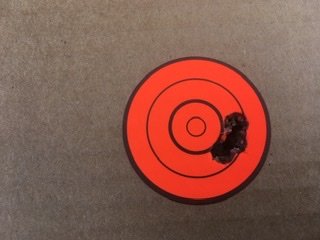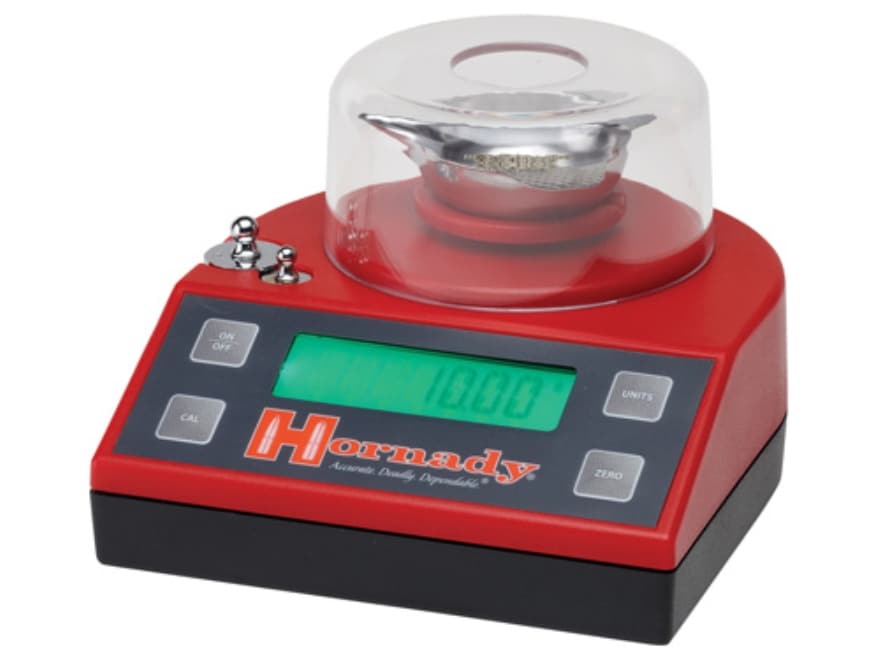Qubo
Active member
Hi. First Post but been lurking here for a while. I am looking to get started in reloading. I have literally no experience with it but wanting to get into it for a few years cause it seems fun and more accuracy would be nice. I have no supplies but going to be buying soon cause this quarantine seems like a good time to start. Lol. I've been doing lots of internet research and my reloading manual should be here tomorrow. I just had some questions before I start.
To start I will be exclusively loading 300wm for a factory Browning X-bolt Hell's Canyon, but plan to add a smaller caliber factory rifle down the road. I don't plan to ever have a custom rifle. I also only use my rifle for hunting, mostly elk and deer and eventually bear, but no competition shooting nor do I ever plan to do that. I do try to shoot a lot in the off season but just for hunting practice. My max range is 400-450 yards but only in the right conditions. I prefer to keep it around 300. Since I only shoot to hunt I would be more than happy with 1 MOA accuracy. I plan on using 180gr Nosler E-tips as I occasionally hunt in a copper only area and prefer copper even when not required.
1. How deep into this should I go for just a hunting load? I plan to follow Nosler's powder recommendation and working a load up trying different powder weights and seating depths. I'll get a case trimmer too. But do i need to get the tools and measure for my maximum length and "off the lands" and such or is just the recommended specs good enough? I am planning on getting the tools to measure shoulder bump unless that isn't necessary? And any steps I should or shouldn't do or things I should or shouldn't get for my accuracy wants?
2. I'm planning on buying items separately instead of a kit cause it seems to be the consensus that is better. I'm planning on getting a Rock Chucker Supreme unless there is a better recommendation in that price range?
3. I'm pretty set on full length sizing and I'm leaning towards a set of Forster Bench Rest FL dies. I don't want to mess with bushings. But being pricier ($93) are the Forster's worth it for the beginner? If they are, is the micrometer on the seating die worth the extra $40 on top of that? Would I be better off with just a set of RCBS or similar priced dies?
4. I'm planning on throwing powder under the weight and trickling up to it. Do I need a high end powder measure or is a cheaper one ok? And any recommendation for an affordable digital scale? That's the only item I'm struggling to pick out.
Thanks for everything and I'm sure I'll have more questions
To start I will be exclusively loading 300wm for a factory Browning X-bolt Hell's Canyon, but plan to add a smaller caliber factory rifle down the road. I don't plan to ever have a custom rifle. I also only use my rifle for hunting, mostly elk and deer and eventually bear, but no competition shooting nor do I ever plan to do that. I do try to shoot a lot in the off season but just for hunting practice. My max range is 400-450 yards but only in the right conditions. I prefer to keep it around 300. Since I only shoot to hunt I would be more than happy with 1 MOA accuracy. I plan on using 180gr Nosler E-tips as I occasionally hunt in a copper only area and prefer copper even when not required.
1. How deep into this should I go for just a hunting load? I plan to follow Nosler's powder recommendation and working a load up trying different powder weights and seating depths. I'll get a case trimmer too. But do i need to get the tools and measure for my maximum length and "off the lands" and such or is just the recommended specs good enough? I am planning on getting the tools to measure shoulder bump unless that isn't necessary? And any steps I should or shouldn't do or things I should or shouldn't get for my accuracy wants?
2. I'm planning on buying items separately instead of a kit cause it seems to be the consensus that is better. I'm planning on getting a Rock Chucker Supreme unless there is a better recommendation in that price range?
3. I'm pretty set on full length sizing and I'm leaning towards a set of Forster Bench Rest FL dies. I don't want to mess with bushings. But being pricier ($93) are the Forster's worth it for the beginner? If they are, is the micrometer on the seating die worth the extra $40 on top of that? Would I be better off with just a set of RCBS or similar priced dies?
4. I'm planning on throwing powder under the weight and trickling up to it. Do I need a high end powder measure or is a cheaper one ok? And any recommendation for an affordable digital scale? That's the only item I'm struggling to pick out.
Thanks for everything and I'm sure I'll have more questions







